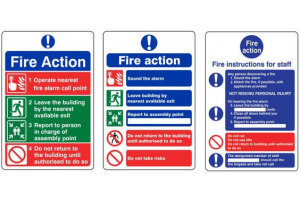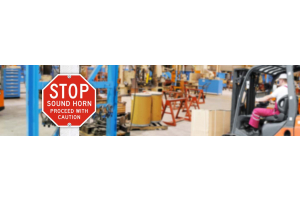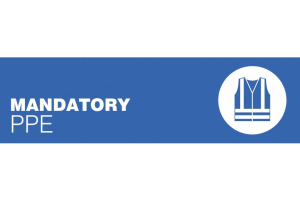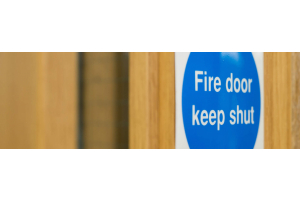
Dry and Wet Rising Fire Mains
The rising fire main is an important facility for the fire and rescue service in taller buildings. It consists of an inlet box where fire-fighters can connect their hoses, a pipe running up through the building, outlet valves on each floor level and an air vent at the top. It is important that fire mains remain in good working order. Issues to be considered can include the following;
- The physical approach to the inlet box should be such that a fire engine can park within 18m with the inlet box in view.
- Prohibit car parking in front of the inlet box
- Secure the inlet box in such a way that fire-fighters can open the door without too much difficulty.
- It is advisable to lock the landing valves in the closed position, usually with a leather strap and padlock.
Foam Inlets
Foam inlets are special inlets usually fitted to provide an efficient way of extinguishing a fire in a basement or other area of high risk such as plant room. In many respects they look the same as rising main inlet boxes, but the door should be clearly marked “foam inlet”. The risk area should be kept clear of obstructions to allow the foam to spread into the compartment.
Maintenance of Rising Mains and Foam Inlets
All types of rising mains and foam inlets together with associated valves should be maintained and tested on a regular basis. Although there are no recommended periods between maintenance checks it would be prudent to carry out an annual service.
Fire-fighters switches
Safety switches are normally provided to isolate high voltage luminous signs or to cut off electrical power. In he case of existing installations, if they have been provided in accordance with previous legislation (e.g. Local Government (Miscellaneous Provisions) Act 1982), then it is likely that they will comply with the order. If this is not the case, then you may need to consult the enforcing authority regarding the suitability of its location and marking. Testing should be carried out in accordance with the manufacturer`s instructions. If you have no such instructions then an initial test should be carried out by a competent electrician. Other fire-fighting facilities, As well as those already mentioned, other facilities to assist fire-fighters such as fire extinguishers may have been installed in your premises, and should be properly maintained by a competent person. Your maintenance audit and Fire Risk Assessment should include these. Such facilities include;
- Information signs for fire-fighters.
- Static water supplies, private hydrants, meter bypass valves and underground tanks.
- Standby fire pumps, electrical generators, air pumps and hydraulic motors.
- Manual, self-closing devices for roller shutter doors in fire compartment walls.




